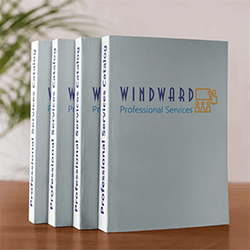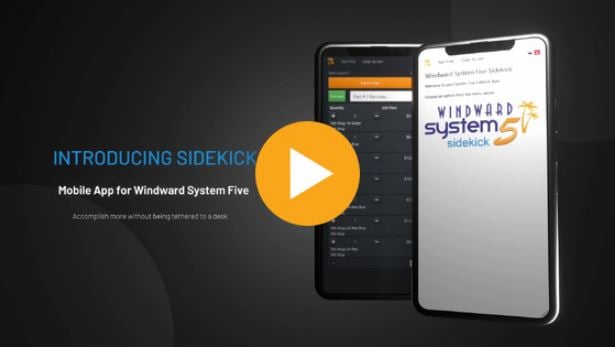At the end of each month, it is recommended that you complete the following:
1. Reconcile all clearing accounts (Cash Clearing, Paid Out Clearing, etc), and record all depreciation and other expenses for the month in General Ledger.
2.Run Test Proof and if necessary the Integrity Checks. Refer to Test Proof and Integrity Checks for further details.
3. Physical count if necessary (usually done on year-end)
4.Print reports such as the Inventory Value, Aged A/R, Aged A/P, Trial Balance, Balance Sheet, Income Statement, sales reports, etc.
5. Close the A/P Transaction File and the Journal Transaction File.
Recommended Month End Reports
1. Inventory Value Report
On the last day of the month, the Inventory Value Report should be printed. This will provide a value for the inventory that is in stock (including stock that has been recorded by receiving purchase orders and New Receiving Reports). Once all supplier bills have been posted for inventory received during this period, the general ledger inventory account (normally #1200) should be compared to the total stock value. These values should match. If they do not match a journal entry should be made to bring them in line.
To find this report select the following menu path: Reports > Inventory Reports > Inventory Value
2. Aged A/R Report
The Aged A/R Report and customer statements can actually be printed at any time (not necessarily at the end of the month since the book month can be selected). Periodically the total of this report should be compared to the Accounts Receivable ledger account (normally #1050). If the values do not match, the A/R Integrity Check should be run to find out where the discrepancy is.
To find this report select the following menu path: Reports > A/R Reports > Aged A/R
3. Aged A/P Report
Similarly, the Aged A/P Report can be printed at any time as the book month can also be selected. Periodically the total of this report should be compared to the Accounts Payable ledger account (normally #2050). If the values do not match, the A/P Integrity Check should be run to find out where the discrepancy is.
To find this report select the following menu path: Reports > A/P Reports > Aged A/P Report
4. Ledger Reports
Standard ledger reports such as the Trial Balance, Balance Sheet, and Income and Expense can be produced at any time by selecting the Book Month.
5.List Unposted Journal Entries
The List Unposted Journals section lists all Unposted journal entries. Usually, these are the journal entries that you have made in Add Journal Entry and clicked Save as opposed to Post. These are journal entries that you have “Unposted” using Edit Journal Entry. When the List Unposted Journals window first appears, it will appear blank, until you click List.
6.List Journals for a Month
Much like List Unposted Journals, List Journals for a Month does the same thing, with the exception that it lists all the postings for a single book month.
Closing of Minimum Book Month
Book Month is Windward term that describes the accounting period to which the system posts transactions. Windward System Five has separate Book Months: sales (A/R Book Month), accounts payable (A/P Book Month), and General Ledger (Ledger Book Month). The Book Months advance automatically.
The Minimum Book Month prevents users from editing posted entries (Invoices, Journal Entries, etc.) that have occurred before the minimum book month. Also, it will change the “Unposted Book Month” on all Estimates, Work Orders and Layaways so that they can be edited even if they were created before the current minimum book month.
To advance the Ledger Book Month select the following menu path: General Ledger > Closing Routines.




